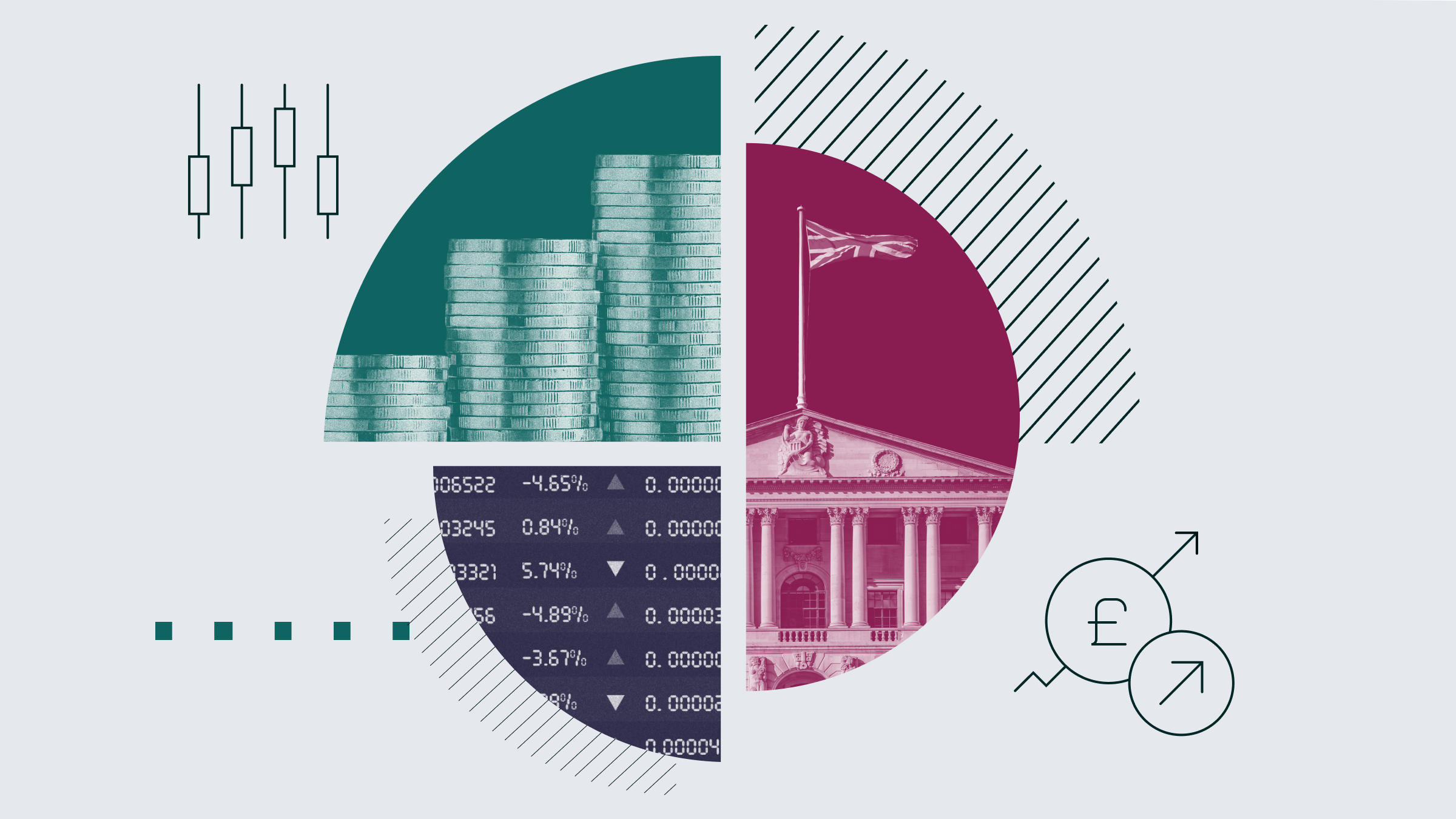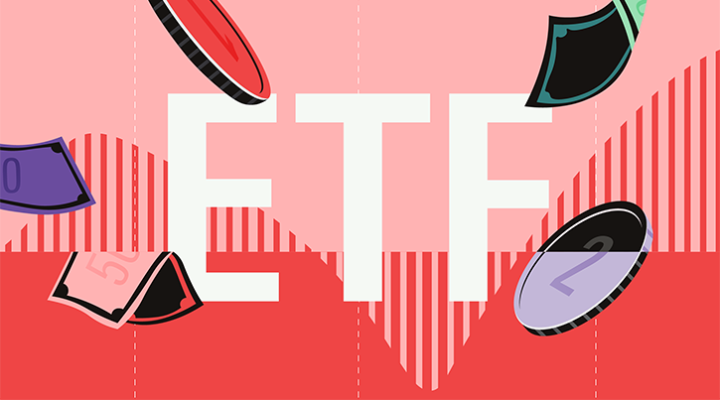The Downside with Bearemy Glaser is markets editor Jeremy Glaser's worry-prone alter-ego's weekly look at issues that have been bugging him recently. Check out past editions of this column for more info.
I'm not going to shock anyone by saying that interest rates on both sides of the Atlantic are really low right now. Buying a 10-year Treasury bond gives you a 3.5% yield while a six-month T-Bill will provide you with a staggeringly low 0.15% yield. Cash sitting in savings and money market accounts are earning essentially nothing.
This isn't in and of itself a bad thing. Low rates and the prevailing loose monetary policy have been instrumental in cradling the economic recovery. Cheap mortgages, the ability to refinance, and the availability of cheap debt for corporations have significantly supported the US and UK economies.
However, low rates have created quite a dilemma for those with cash stakes who are suddenly at a loss for how to make a reasonable return on their money. This is becoming an even bigger problem as inflation begins to heat up. With cash earning 0%, it won't take long until investors lose lots of purchasing power.
Too Many Risk Takers
In the face of this conundrum, it isn't too surprising that investors are increasingly seeking out riskier investments to pump up their returns. This can manifest itself in myriad ways. On the mild end, we've heard from investors who were previously holding cash now moving some assets into short-term bond funds and other fixed-income investments to try and get some return on their money. But many are taking even bolder risks, loading up on low-quality junk bonds or leveraged funds, or shifting money allocated for long-term bonds into dividend-paying equities.
Taking on these extra risks may provide some short-term gain, but they may also come with some long-term pain. Take moving into dividend-paying shares from bonds for example. The extra yield may be attractive, but there are potentially big downsides. It might seem like a good idea to take money that was supposed to be in the conservative sleeve of your portfolio and put that money into stocks. However, such a move is a potential recipe for trouble, as you might need that money sooner rather than later.
As we've seen twice in the last 10 years or so, equity markets can fall precipitously, and companies can quickly cut dividend payments amid a crisis. If you're about to start retirement or need to pay your child’s tuition, the timing of another downturn could be devastating. You might be forced to liquidate parts of your portfolio that you weren't planning on touching for years or perhaps be forced to work longer or find other ways to pay for school.
Toeing the Fine Line
It isn't that surprising that investors are making these decisions despite the potential downsides. In fact one of the major goals of the monetary policy conducted by the Federal Reserve and the Bank of England was to get people to move assets into risky parts of the market by making the risk-free assets as unappealing as possible. This policy has been successful in helping boost the price of equities, but it has led to some investors making less-than-ideal decisions which can't go on forever. The longer that rates stay in the basement, the more people will be tempted to dive into inappropriate asset classes. It is only a matter of time before new bubbles will form, waiting to pop in dramatic fashion.
The salient issue now is whether the central banks can take their foot off the gas without terrible consequences for investors who have been pushed into the riskier part of the market. Thankfully, Washington and London are now thinking seriously about exit strategies. In the US, quantitative easing is likely to end in June, and from there, the central bank has a decent number of levers it can pull to gradually tighten the money supply. But there is plenty that can go wrong. Moving too fast could send economies reeling back to recession, while moving too slowly could promote inflation.
This is a fine line. Hopefully, Fed chairman Ben Bernanke and his UK colleague Mervyn King will have the skill to navigate the tightrope, but if he doesn't, the economy and many investors' portfolios could be in trouble.
How have you reacted to such an extended period of low rates? Are you taking on more risk with your portfolios than you had before, or are you finding other ways to deal with low yields?
























